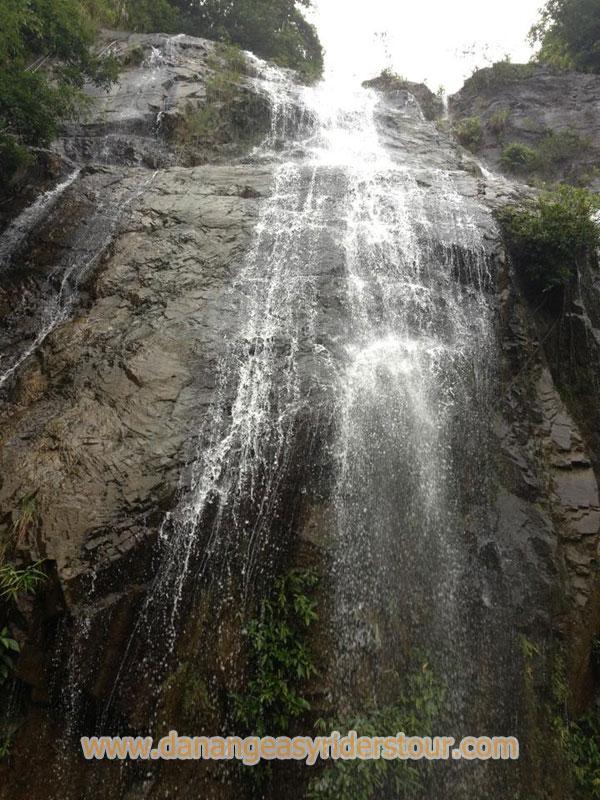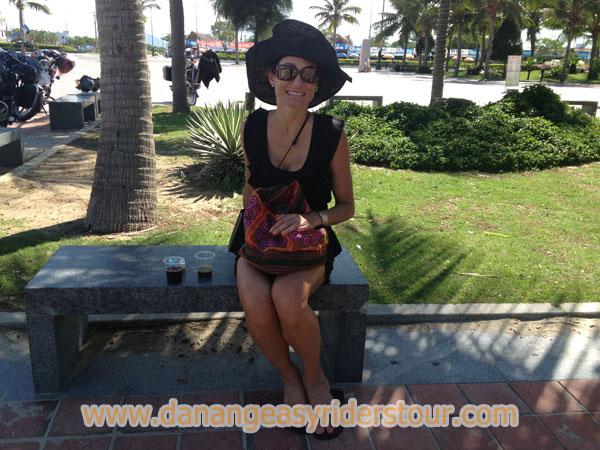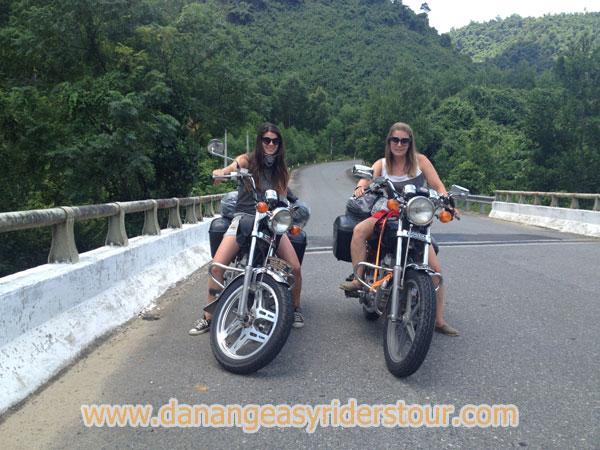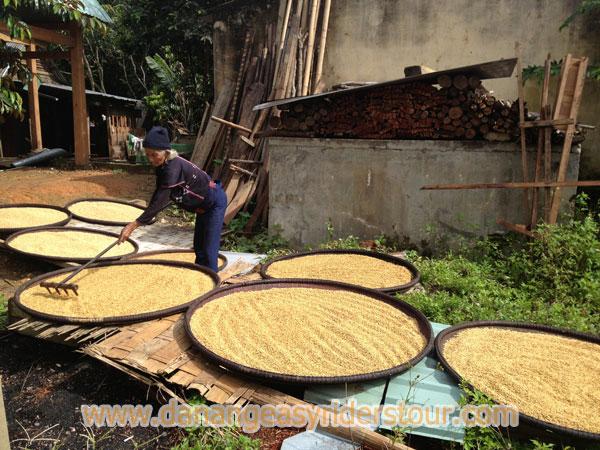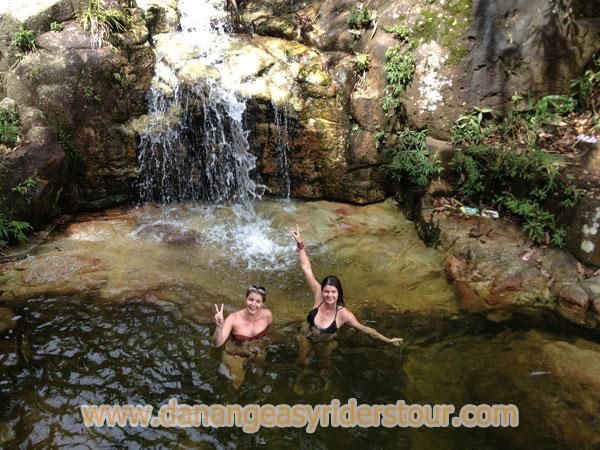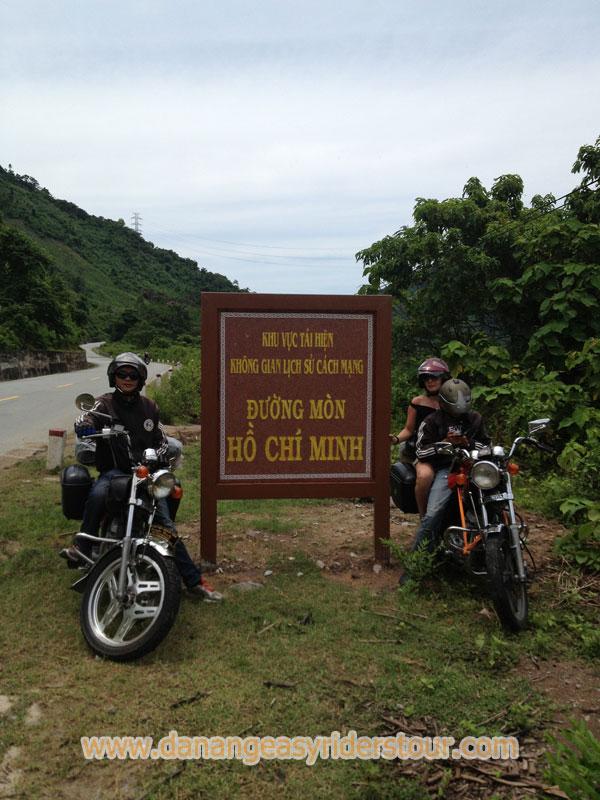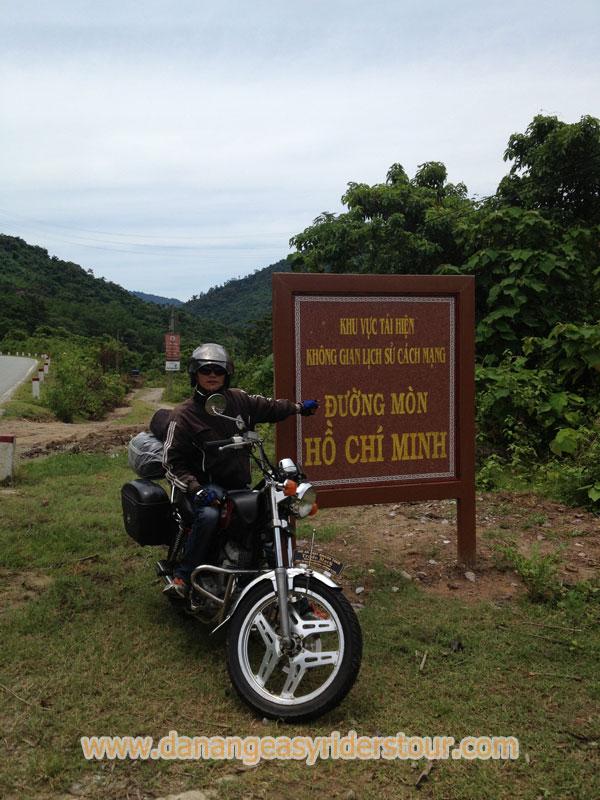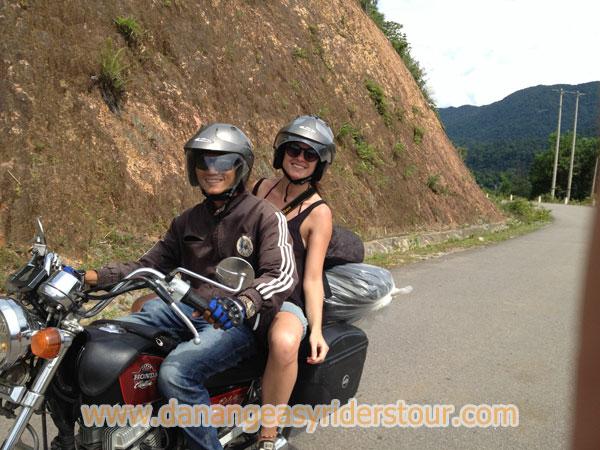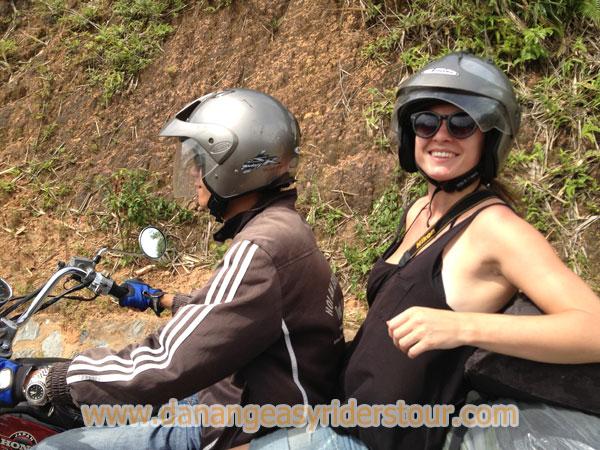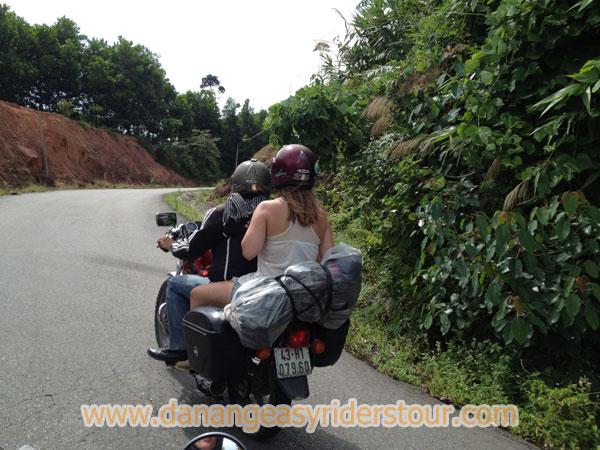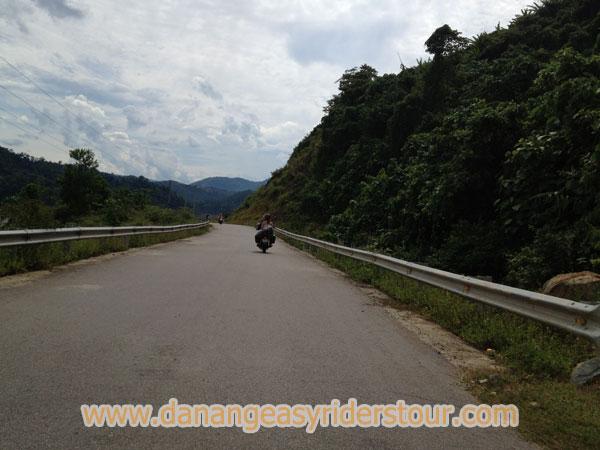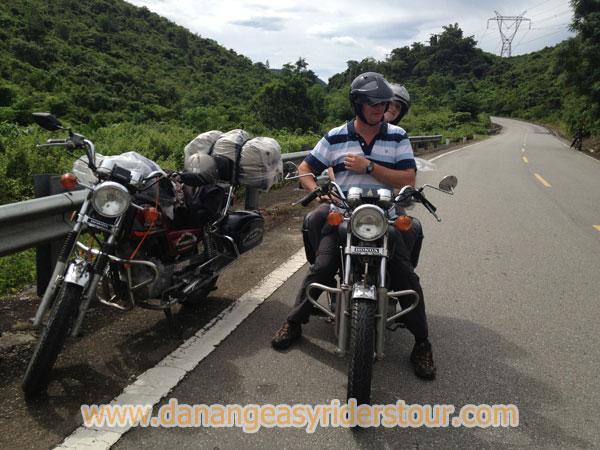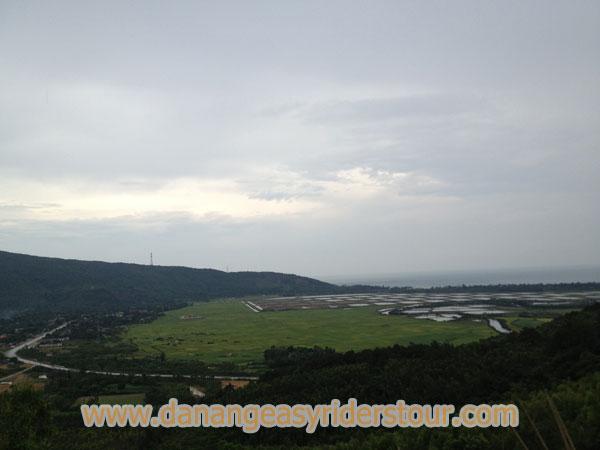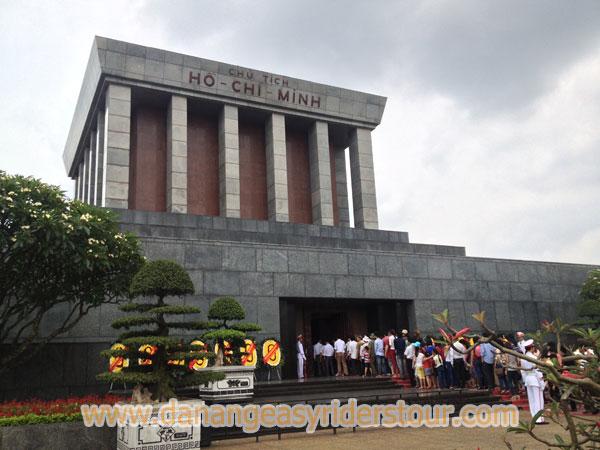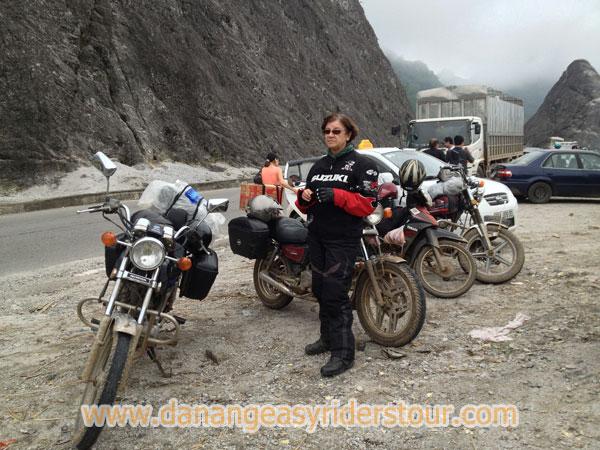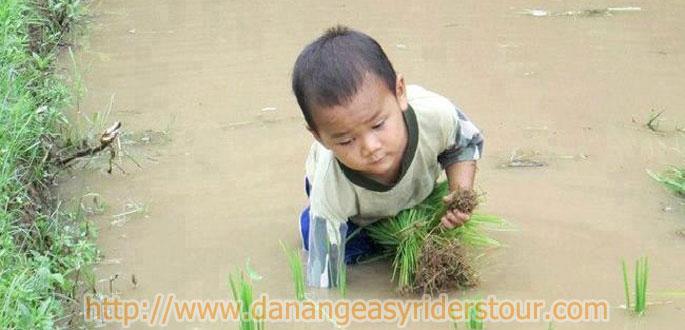
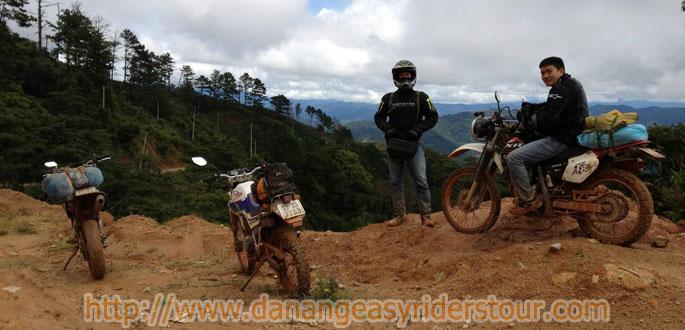
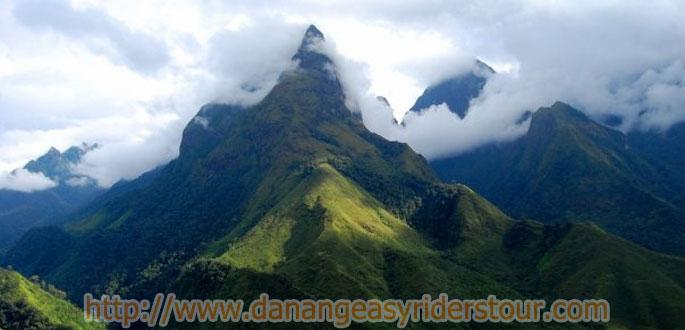
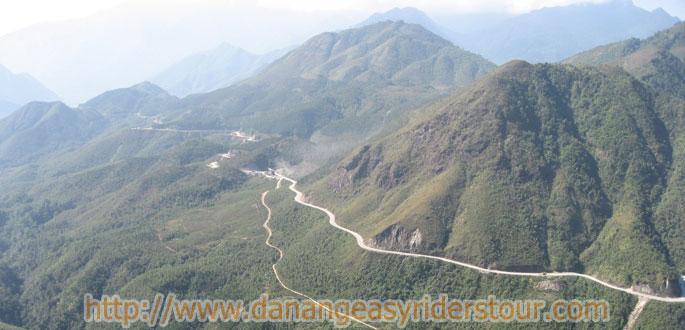
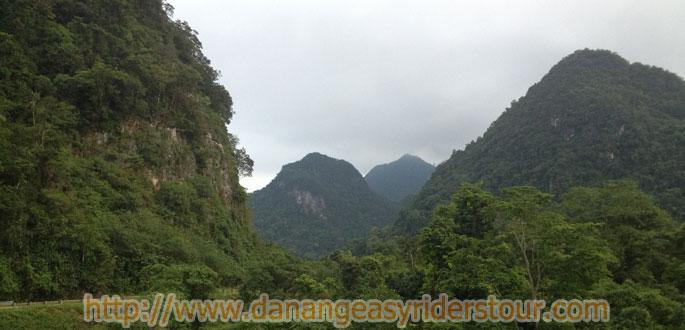
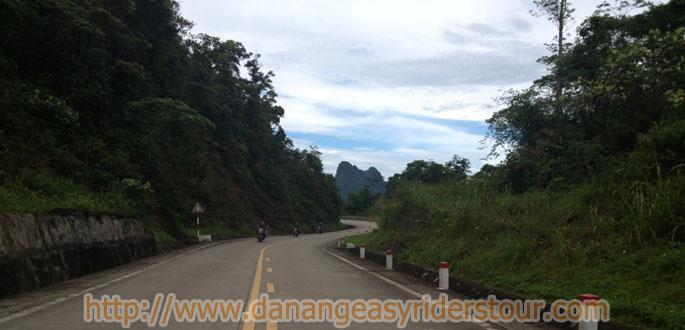
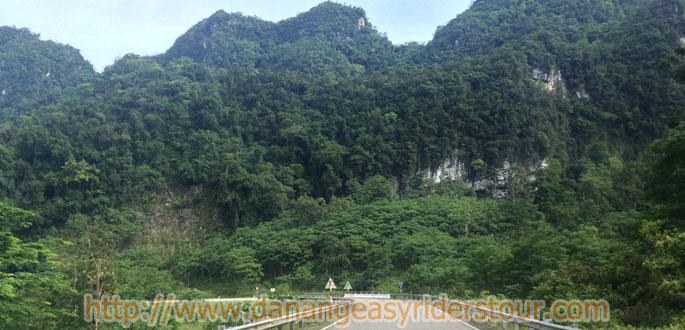
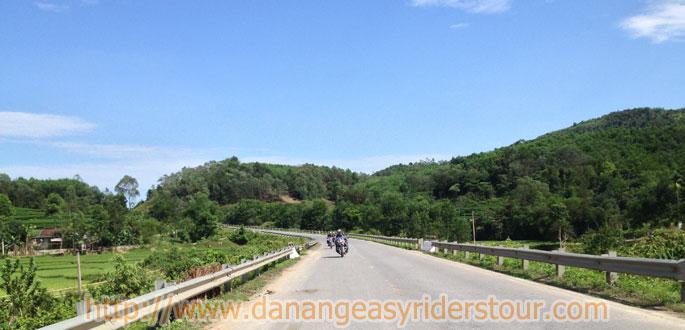
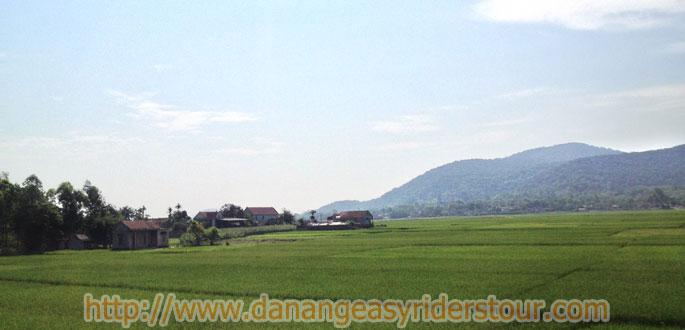
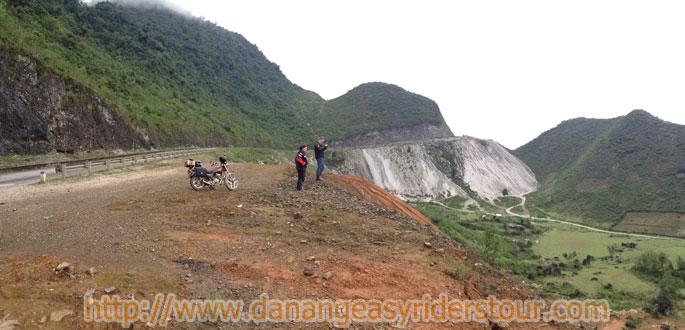
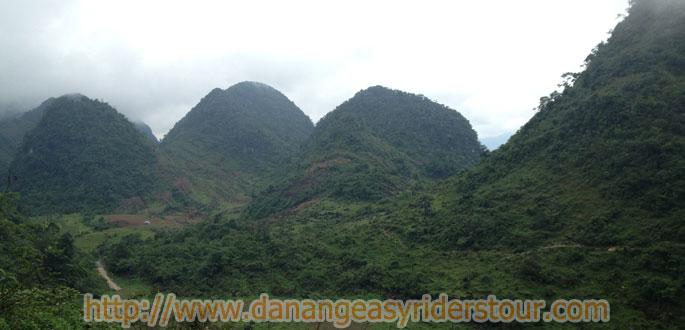
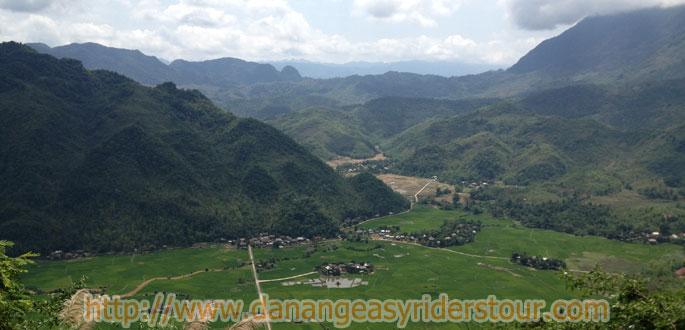

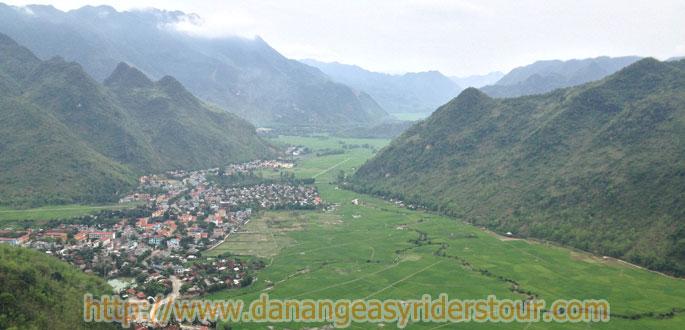
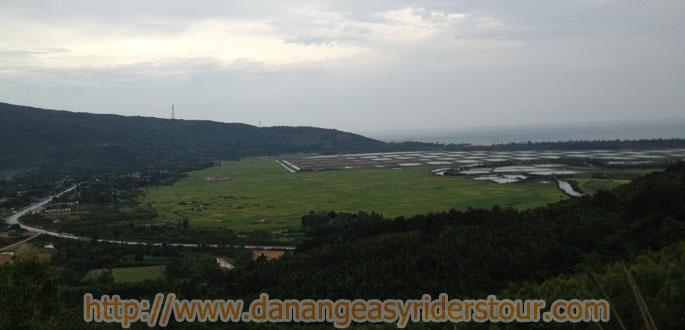
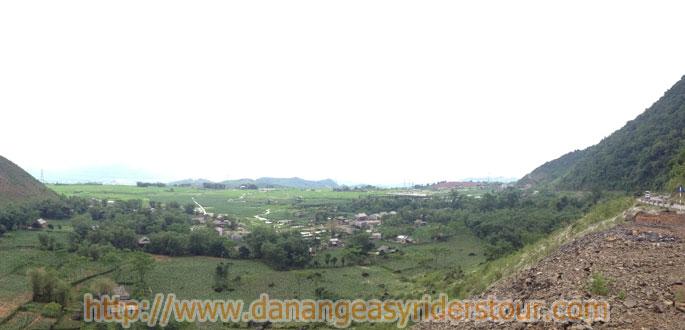
|
Heritage
Rice fields
Rice fields in Vietnam (ruong, canh dong or dien in Vietnamese) are the predominant land use in the valley of the Red River and the Mekong Delta  The primary festival related to rice fields is " ruong" (Vietnamese)/"canh dong" (Tay language) in the first day of every crop wishing for yield more than usual. In the past, this was the official national ceremony and people would worship Than Nong (god of agriculture), tho dia (god of the soil), thành hoàng làng (god of the village), and than lúa (god of rice plants).  During the Tran Dynasty, there were three kinds of rice field: ruong quoc kho (national budget rice field) with 3 levels, ruong thuc dien with 3 levels (the name derives from a story about Lê Phong Hieu. He refused the King`s present for his feat of arms but required that how far he would throw his knife would be how wide of a rice field he could possess. Since then, it`s become the name of rice field for rewarding Vietnamese mandarins: thác dao- abbreviation: thác- throw the knife and dien- rice field), and ruong ao of the common people.  In Vietnamese literature, a rice field is described as wide enough for a flock of storks to span their wings across: "dong lua thang canh co bay" and the sway of rice plants in the wind is compared to waves of the sea and called "sóng lúa". These images are very common phrases describing the beauty of the Vietnamese landscape. Go Back
|




